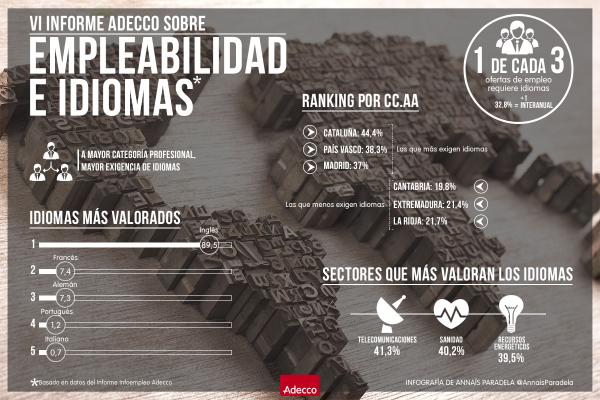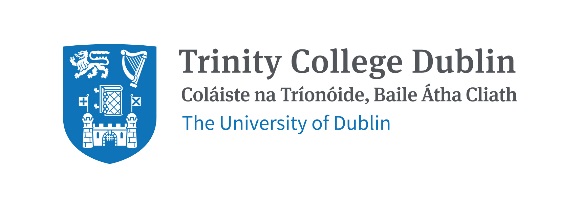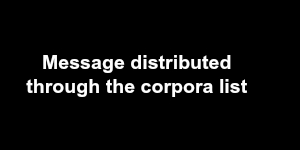Through the CALICO list
Call for proposals, ALSIC special issue on telecollaboration.
Submissions will be accepted in French or English. For more information, please see the link https://alsic.revues.org/2819
The studies included in this issue will:
cover the different players and bodies involved in telecollaboration projects;
focus on telecollaboration in primary, secondary and university teaching (or even outside any formal context), within the framework of multilingual and intercultural education;
relate experiences of language learning and teaching via telecollaboration and the use of synchronous and/or asynchronous tools;
opt for exchanges in tandem and/or in lingua franca;
reflect on methods of work (pooling, discussion, cooperation, working together), on negotiation of meaning and development of learning tasks, and on the link between proposed tasks and communication scenarios (Dejean-Thircuir & Mangenot, 2006);
highlight the intercultural and multilingual aspects of these exchanges and issues concerning stereotyping and conflicts of opinion (O’Dowd & Ritter, 2006) or even different educational cultures;
demonstrate the interest of approaches focused on reflexivity and (re)discovery of oneself and others under the prism of distancing implemented, for instance, by keeping logs and/or by verbal exchanges aimed at mediation and reflection (Schneider & Von der Emde, 2006).
Initially we require a 4,000-character abstract (not including spaces and references), to be sent to anthippi.potolia@univ-paris8.fr
and
sofia.stratilaki@univ-paris3.fr
by 30th October 2015. The selected authors must send their complete text in the first quarter of 2016. The submissions accepted will be published online during 2016. If you are interested and not able to send us an abstract by 30th October, you can still contact us by sending an e-mail.




